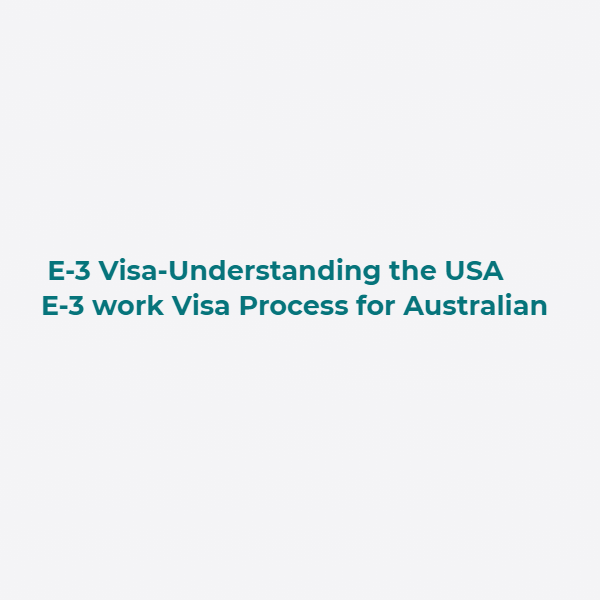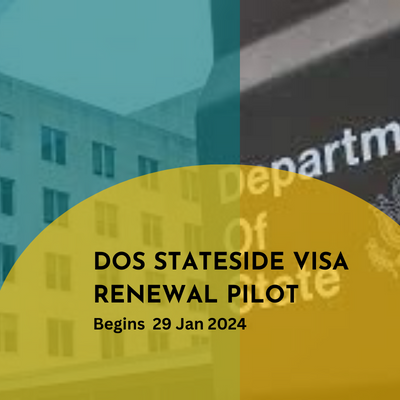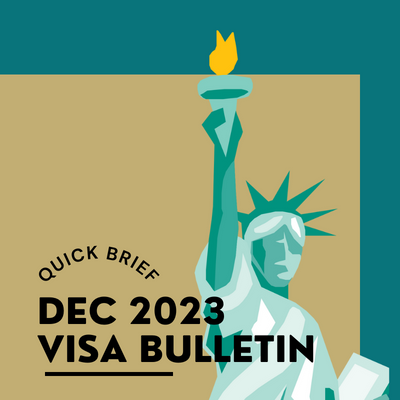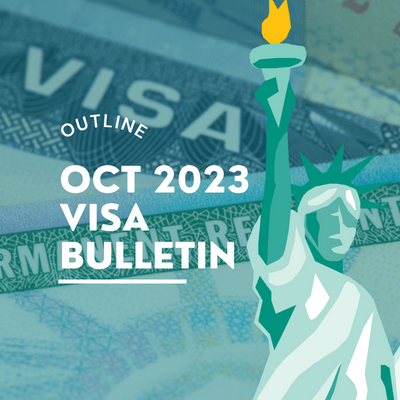The E-3 classification is a nonimmigrant worker visa program, which is only available to Australian citizens. The spouses and children of beneficiaries of this visa are also allowed entry into the United States. There are several advantages to the E-3 visa. For starters, the spouses of E-3 visa beneficiaries can work in the United States without restrictions unlike non-immigrant visas such as the TN visa. Moreover, the E-3 visa can be renewed indefinitely.
Created in May 2005 by the United States Congress, and signed by then-President George W. Bush, the E-3 visa allows 10,500 Australian citizens entry into the United States on speciality occupational purposes yearly. The visas issued to children and spouse of E-3 visa beneficiaries are not included in the 10,500 annual quotas. Furthermore, the children and spouses of the beneficiary need not be Australians.
Specialty Occupation
U.S. Citizenship and Immigration Services (USCIS) define speciality occupation as an occupation that requires the theoretical and practical application of a body of knowledge in professional fields and at least the attainment of a bachelor’s degree, or its equivalent. Occupations in the fields of law, education, business specialities, architecture, accounting, medicine and health, mathematics, engineering, chemistry, biotechnology, theology, the arts,the social sciences, and the physical sciences are examples of speciality occupations.
E-3 Visa Requirements :
There are criteria an individual have to pass in order to be eligible for the E-3 visa :
- The individual has to be an Australian national.
- The individual has to have received a legitimate employment offer in the U.S. The individual will be required to show documentation such as a job offer letter from the employer that shows that he or she will fill a speciality occupation position and that the beneficiary will earn at least the actual or prevailing wage, whichever of the two is higher.
- The individual has to have the needed academic qualification or the equivalent. The individual will have to provide credentials verifying qualifications for the job position. This is usually a bachelor’s degree or higher.
- The occupation that the individual will be employed in has to be a speciality occupation.
Applying For the E-3 Visa from the U.S. :
Australian nationals can apply for the E-3 visa while in the United States. To do so, an application for a change of status using Form I-129, Petition for Nonimmigrant Worker must be filed. This will enable the individual to acquire the E-3 nonimmigrant temporary worker classification.
Supporting documentation :
The Form I-129, Petition for Nonimmigrant Worker must also include :
- Academic or other credentials showing the prospective employee qualifies for the speciality occupation position.
- A Job offer letter and any other documents that establish that the beneficiary is being employed to work in a speciality occupation position and that the beneficiary will earn the higher of the actual or prevailing wage.
- The Labor Condition Application used should be the standard ETA-9035 and should be marked as an E-3 LCA. If the beneficiary has previously applied for an H-1B, he or she cannot use the same LCA when applying for the E-3 visa.
- Lastly, if a license of official permission is necessary before starting employment in the speciality occupation field, the beneficiary will need to provide that.
Applying for the E-3 Visa outside the United States :
The procedures here are similar to application procedures from within the United States. The beneficiary will have to apply using Form I-129 along with the necessary supporting documentation. Once the USCIS has approved Form I-129, they will forward Form I-797 to the employer. The employer will then forward Form I-797 to the beneficiary. The Form I-797 is a Notice of Action/Approval and not a visa. As such, the individual will have to apply for the visa at a U.S. consulate or embassy in the individual’s country of residence.
According to Section 221(g) of the Immigration and Nationality Act (INA), applicants should allow 60 days after the visa interview for the application to be processed.
Period of Stay
The E-3 visa allows the beneficiary, his/her spouse and unmarried children under the age of 21 to stay in the United States for an initial two years. This period of stay can then be extended two years at a time indefinitely. There is no maximum number of extensions allowed, although there are exceptions. In order to extend the period of stay, a Form I-129 is used.
Family of Beneficiaries
Under the E-3 classification, both the beneficiary’s unmarried children under 21 and spouses are allowed entry into the United States, as long as the E-3 visa holder’s visa is valid. The spouse is eligible to apply for employment authorization; the children, on the other hand, are not. The spouse has to file a Form I-765, Application for Employment Authorization when applying for work authorization.
Changing Jobs
In order to change jobs while under E-3 classification, the new employer has to file a new E-3 visa application and LCA. In addition, the gap between the old job and the new job has to be at least 10 days. In order to change jobs, Form I-129 is used.
Benefits of the E-3 Visa
The E-3 visa has several advantages over other nonimmigrant worker visa programs such as the H-1B visa program. :
- Unlike the H1-B visa program, application for an E-3 visa can be commenced at any point of time in the year. Additionally, once the individual has been granted the E-3 visa, he or she can start work at any time.
- Extension of the E-3 visais indefinite.
- The employer bears little or no cost. The employers will have to file only the LCA (Labor Condition Application). Filing this bears no monetary cost, and processing takes a matter of days.
- The spouse of an E-3 visa holder is eligible to work in the United States.






